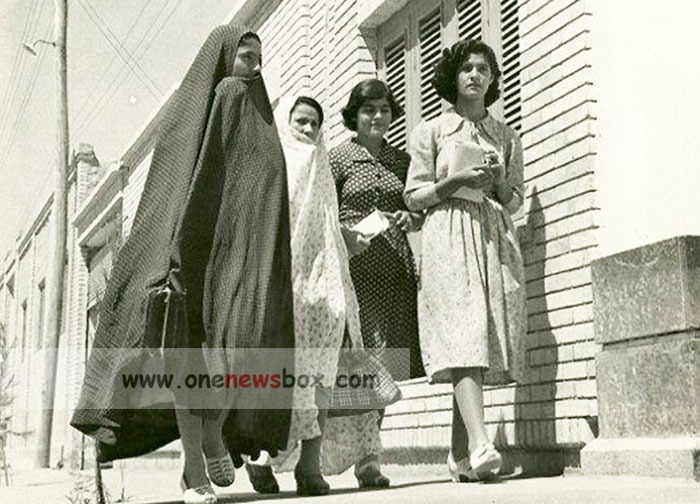However, the White Revolution faced significant opposition from two major groups: the National Front, which was a political opposition movement, and the religious clergy allied with the bazaar merchants. The National Front, in a declaration issued on November 11, 1961, denounced the White Revolution as a “return to tyranny.” Similarly, the religious establishment was deeply opposed to many aspects of the reforms, particularly the land redistribution policies and the extension of civil rights to women.
The resistance from religious leaders became particularly evident in 1960 when prominent Shiite cleric Hossein Boroujerdi issued a fatwa against land acquisition, declaring it forbidden under Islamic law. Tensions escalated further on June 5, 1963, when mass protests, led by religious scholars, erupted in Tehran. The demonstrations were violently suppressed by the security forces, and one of the key figures of the resistance, Ayatollah Ruhollah Khomeini, was arrested. Khomeini’s opposition to the Shah’s policies and his strong denunciation of Western influence in Iran led to his exile to Turkey in 1964 and later to Iraq.
Despite the opposition, the Shah pressed forward with his reforms, believing that modernization would ultimately secure his reign. He envisioned an Iran free from feudal structures, where landowners no longer held disproportionate control over rural populations. While the White Revolution led to some improvements in education, healthcare, and infrastructure, it also created deep rifts within Iranian society. The policies alienated the religious establishment and many conservative elements, further fueling dissent.

